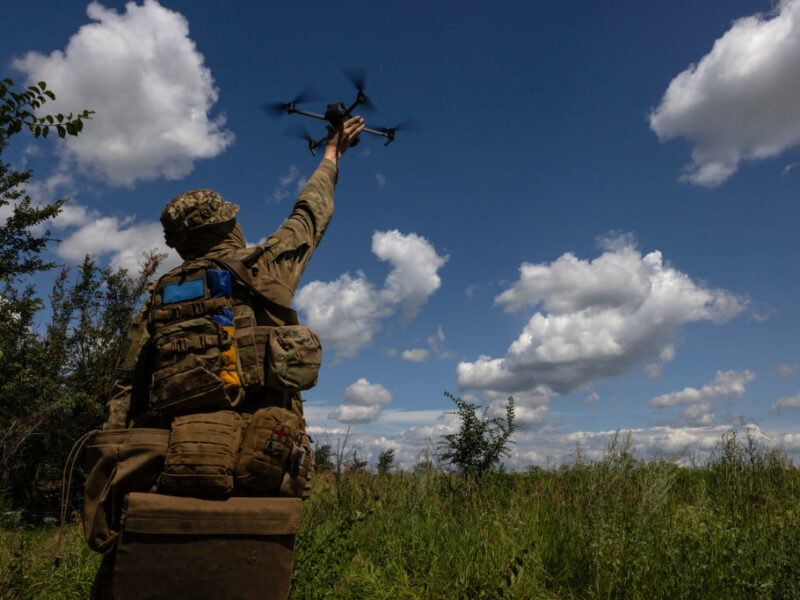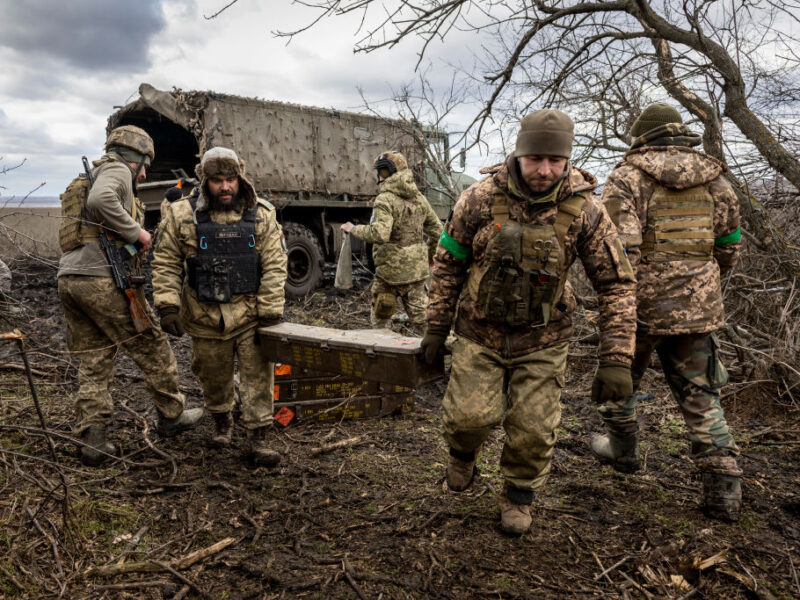Doolittle Raider Lt. Col. Richard “Dick” Cole Speaks To Cadets

Lt. Col. Richard “Dick” Cole, one of eight survivors still living who participated in the Doolittle Raid on April 18, 1942, spoke to a group of Air Force ROTC cadets at Texas A&M about his experience.
Lt. Col. “Jimmy” Doolittle led the mission to fly sixteen B-25 Mitchell bombers off of the aircraft carrier USS Hornet (CV-8) in the first strike against the Japanese home islands. The Doolittle Raiders attacked military and industrial targets in several Japanese cities and their surprise attack on the previously untouched home islands of Japan is considered by many historians to be a primary cause of the Japanese decisions that led to the Battle of Midway during which the Japanese lost four aircraft carriers. It was also symbolic as the United States first major strike back.
Cole, 94, recalled the mission, the events leading up to it, including the short training period for the modified planes and crews as well as the aftermath of the mission. He also spoke of his personal experiences with Doolittle.
When asked what type of man Doolittle was, he replied, “He was quiet, could be very serious, treated all with respect and expected the same of others. He had 90 days to gather the crews, planes and supplies for the raid and he did it. I don’t think many others could’ve done that in such a short time—we would’ve followed him anywhere,” he then added with a smile, “but he was also a bit mischievous and a lot of fun.”
Originally scheduled for a dusk take off, Cole, then a Lieutenant, was Doolittle’s co-pilot in the first aircraft that left the deck of the USS Hornet in the morning hours, hitting the target of Northern Tokyo around mid-day. Cole joked about their time on the Hornet. “The Navy was a bit antsy for us to leave,” said Cole. “To accommodate our planes, they had to put theirs up on the second deck–they didn’t like that too much.” But, Cole continued, “The importance of the mission overrode any situations.”
The cadets listened intently as Col. Cole described the raid, the climate of the time and various aspects of the planes, equipment and weapons, asking many questions regarding the training, flight plan and outcome of the mission.
All of the aircraft involved in the bombing were lost and 11 crewmen were either killed or captured. One of these B-25s landed in Soviet territory where its crew remained interned for more than a year. The entire crews of 13 of the 16 aircraft, and all but one of a 14th, returned to the United States or to Allied control.
This article originally appeared in the Texas A&M Corps of Cadets website.





